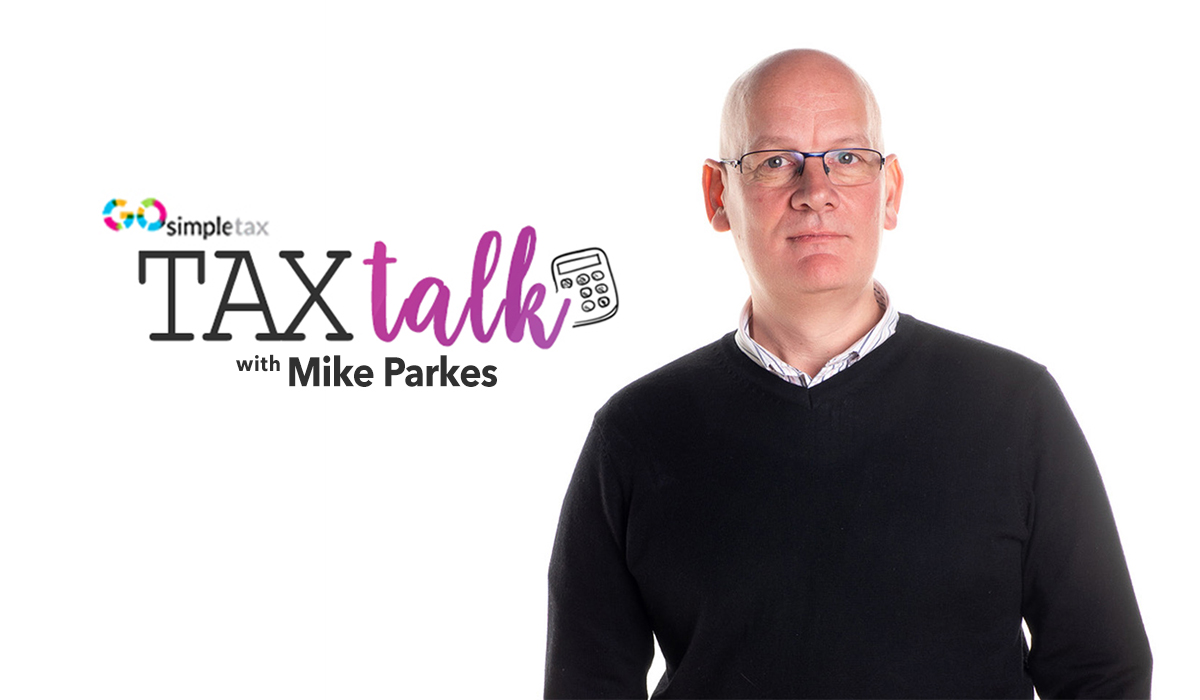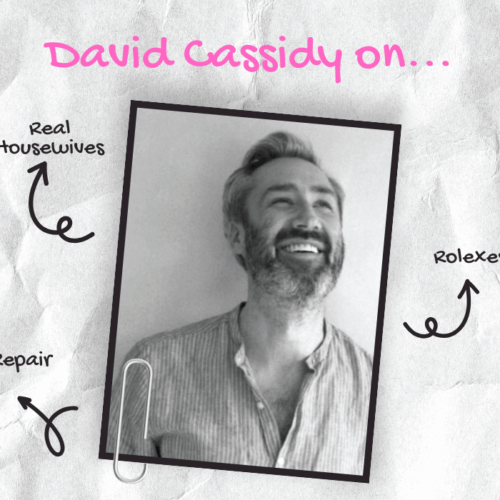Tax rises are always highly unpopular and the Government’s latest announcement that it will increase National Insurance (NI) by 1.25% is no exception.
The rise, which will fund health services and care for elderly and disabled people, will come into effect next April, before becoming a separate Health and Social Care Levy from April 2023, with NI returning to its current rate.
The plans are set to impact workers, the self-employed, as well as company bosses, and will directly impact on people’s take-home pay. So what do professional hairdressers need to know about the tax on earnings?
For employees:
- If you earn £20,000 a year, you’ll pay £130 more in NI per annum
- If you earn £30,000 a year, you’ll pay an extra £225
- If you earn £50,000 a year, your NI will go up by £505.
For self-employed hairdressers, NI is based on profits after business expenses. The self-assessment tax return is used to calculate Class 2 and 4 National Insurance – Class 2 if your profits are £6,515 or more a year; Class 4 if your profits are £9,569 or more a year.
You can work out how much you pay in NI by using an online tax calculator. Currently, the rate for Class 2 is £3.05 a week; Class 4 is 9% on profits between £9,569 and £50,270 and 2% on profits over £50,270. So, for example, if your profits are £10,000 a year, you’ll pay £125 more per annum in National Insurance.
As an employer, the increase in NI is set to make the recruitment process more expensive. Businesses pay a percentage of Class 1 National Insurance for each employee. This will differ depending on salary levels. However, there are some concerns that the 1.25% increase will impact on recruitment and prompt cost-cutting at a time when hairdressers are still feeling the effects of salon closures due to national and local lockdowns. As with anything tax-related, the key is to always understand your financial situation. By keeping a close eye on the books all year round, you’ll see where you could save money, understand what areas of your work are most profitable and be aware of upcoming payments.
Mike Parkes is Technical Director at GoSimpleTax – the online tax return and self-assessment software.





